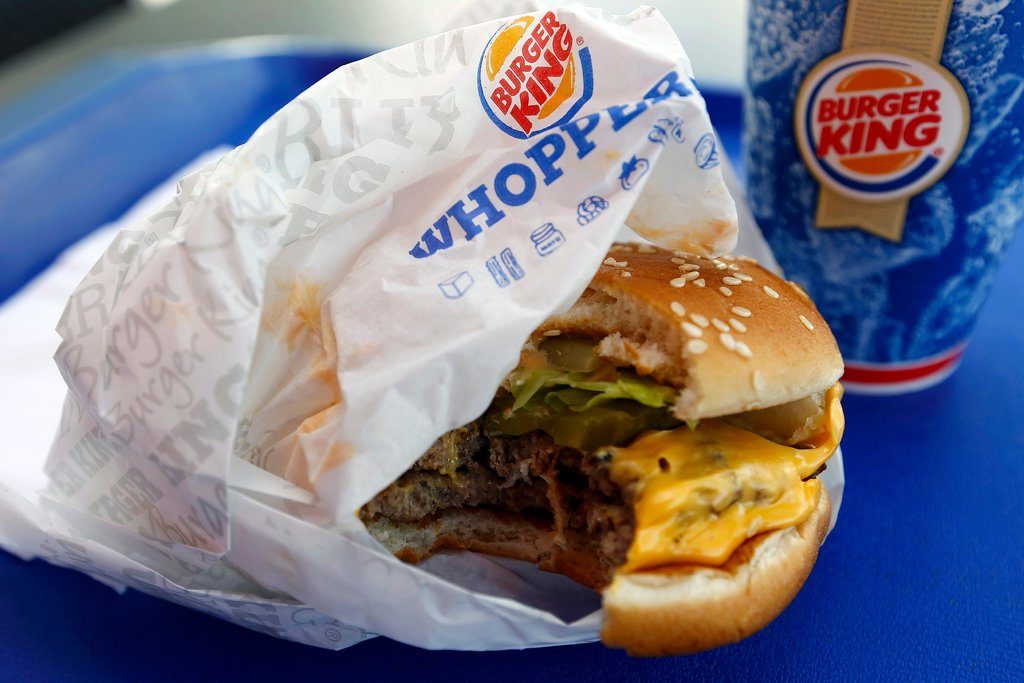
More than a third of adults in the United States patronize fast-food restaurants and pizza parlors on any given day. And the higher their income, the more likely they are to do so.
The Centers for Disease Control and Prevention has released data on fast food consumption gathered from 2013 to 2016 in the National Health and Nutrition Examination Survey, or Nhanes, a program that continuously monitors the health and nutritional status of Americans.
The Nhanes analysis relies on physical examinations and in-person interviews to produce demographic, socioeconomic and health data, including dietary information from a representative sample of about 10,000 adults over the four years.
Fast food - defined broadly in the survey as any item obtained from a "fast food/pizza" establishment - is eaten by 37 percent of American adults at some point during the day.
Among those who eat fast food, 44 percent do so at lunch and 42 percent at dinner. Men are more likely to grab fast food at lunch; women are more likely to snack on it.
The most enthusiastic consumers are 20 to 39 years old: 45 percent of them eat fast food on any given day. That figure declines sharply with age, to 38 percent among people 40 to 59, and to 24 percent among those over age 60.
Liz Weinandy, a staff dietitian at the Ohio State University Medical Center who was not involved in writing the report, said that the high rate among 20- to 39-year-olds was particularly troubling.
That period "sets the stage for health issues later in life - heart disease, dementia and so on," she said. "Also, this is the group that's having kids, and they're setting them up for a lifetime of unhealthy eating habits."
The percentage of adults who ate fast food rose with increasing income. About 32 percent of people who earn less than 130 percent of the federal poverty line - $32,630 a year for a family of four - ate fast food daily.
But 42 percent of people above 350 percent of the poverty line - $112,950 a year or more for that size family - were daily consumers.
A report by the C.D.C. in 2013 estimated that American adults consume more than 11 percent of their daily calories from fast food. Fast food is generally high in calories, fat and sodium, a combination that increases the risk for cardiovascular and other diseases.
"When we hear about a shark attack, we're scared and we avoid that beach," Ms. Weinandy said. "But what we really should be afraid of is double cheeseburgers and French fries."



Comment: America the fast food nation: Over a third of children and teens eat fast food daily